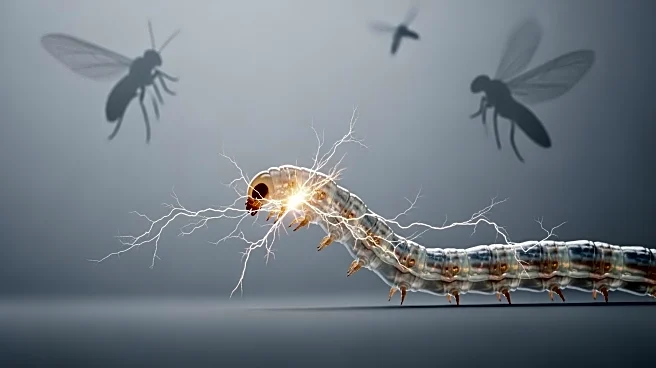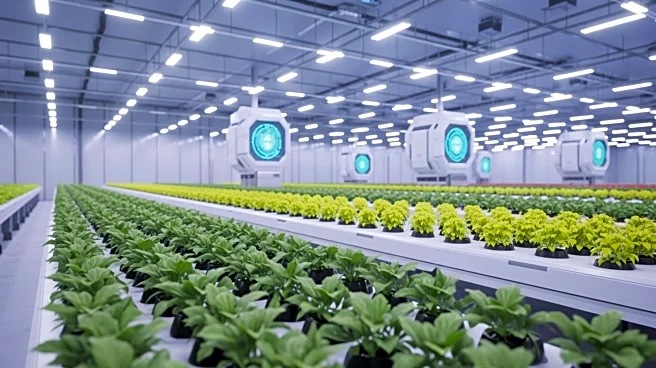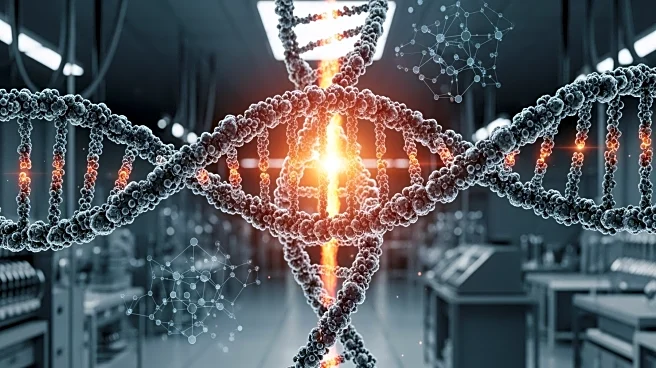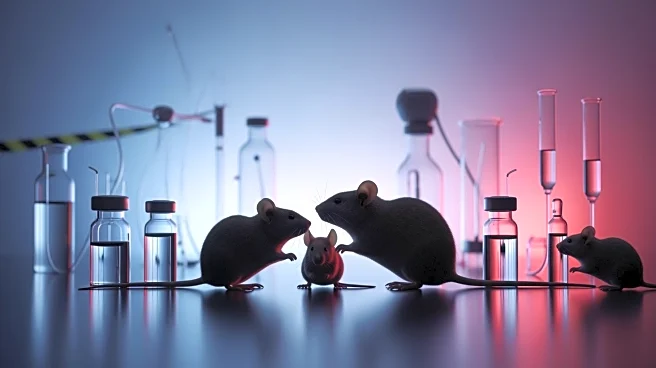What's Happening?
A team of scientists from Emory University and the University of California, Berkeley has uncovered a fascinating mechanism by which the nematode Steinernema carpocapsae hunts flying insects. The research,
published in PNAS, reveals that these tiny parasitic worms can leap into the air up to 25 times their body length, using static electricity to latch onto their prey. The study highlights the electrostatic induction process, where the movement of an insect's wings generates an electric field that attracts the worm. This discovery sheds light on the adaptive strategies of small organisms and introduces the emerging field of electrostatic ecology.
Why It's Important?
The findings have significant implications for biological pest control, as Steinernema carpocapsae is used in agriculture to manage insect populations naturally. Understanding the electrostatic mechanism could enhance the effectiveness of these nematodes as a natural pesticide, potentially reducing reliance on chemical alternatives. The research also opens new avenues in the study of electrostatic forces in ecology, offering insights into how small organisms interact with their environment. This could lead to innovative approaches in pest management and contribute to sustainable agricultural practices.
What's Next?
The research team plans to further explore the role of electrostatics in the behavior and survival of small organisms. Future studies may investigate other species that utilize similar mechanisms, potentially broadening the application of electrostatic ecology in various fields. Additionally, the findings could inspire new technologies in pest control, leveraging the natural abilities of organisms like Steinernema carpocapsae. Continued research in this area may also uncover more ecological interactions driven by electrostatic forces, enhancing our understanding of the natural world.
Beyond the Headlines
The study of electrostatic ecology could have broader implications beyond pest control. It may influence the development of biomimetic technologies, where human-made systems mimic biological processes. Understanding how organisms use static electricity could lead to innovations in robotics, materials science, and environmental monitoring. Furthermore, this research highlights the importance of interdisciplinary collaboration, combining physics, biology, and ecology to uncover new scientific insights.











